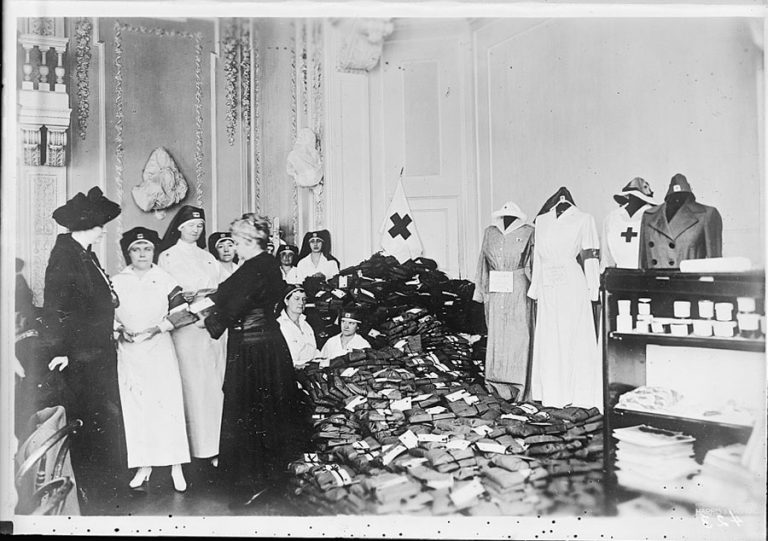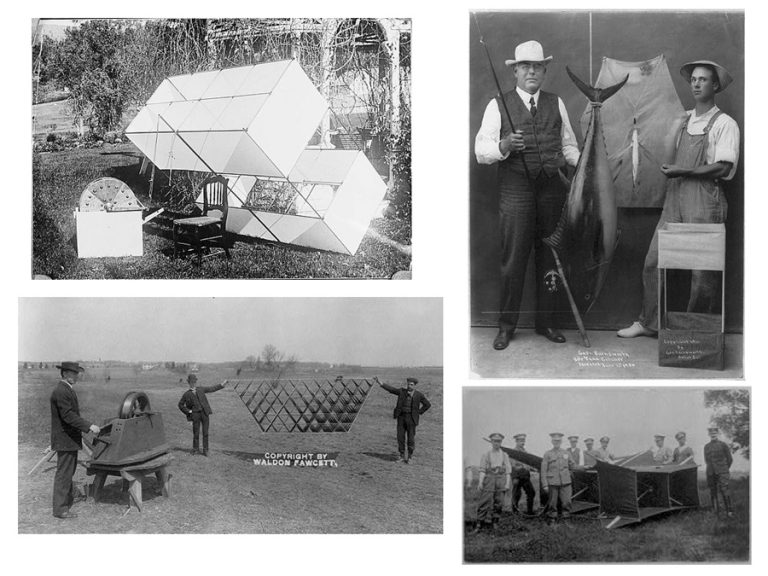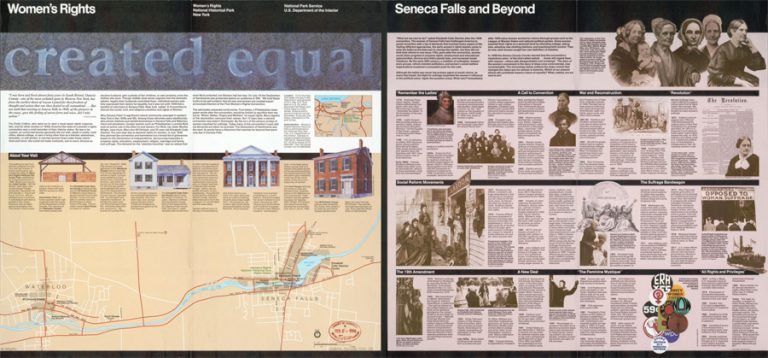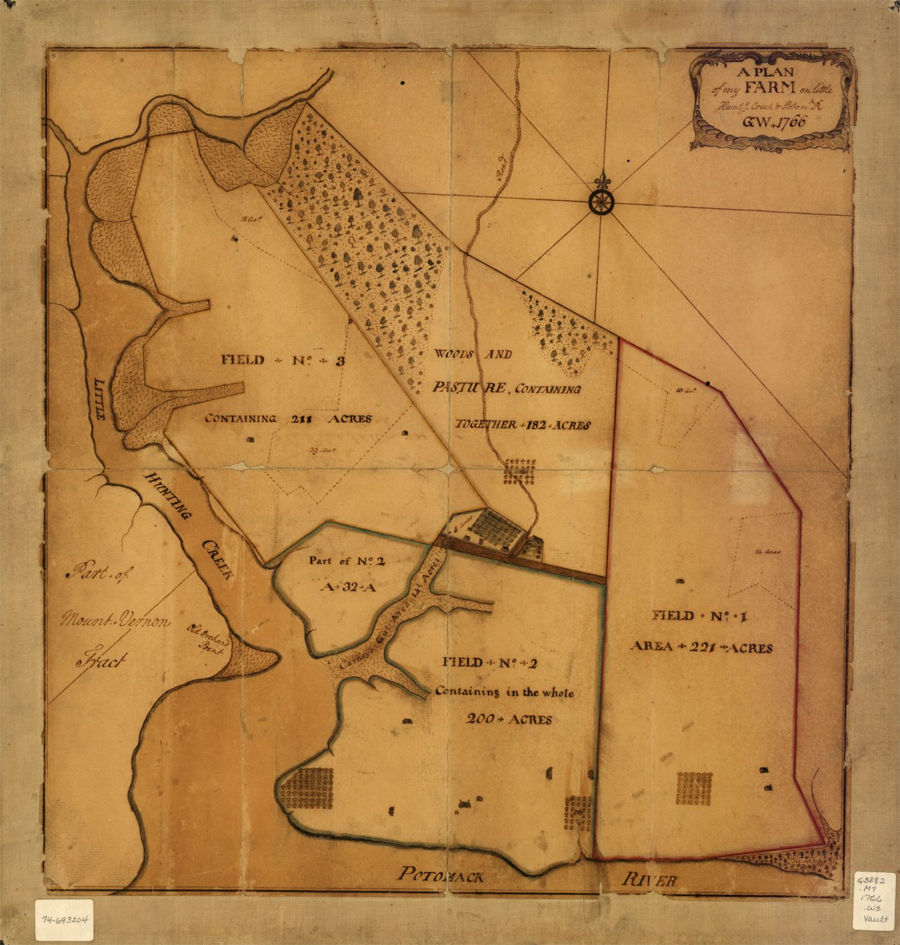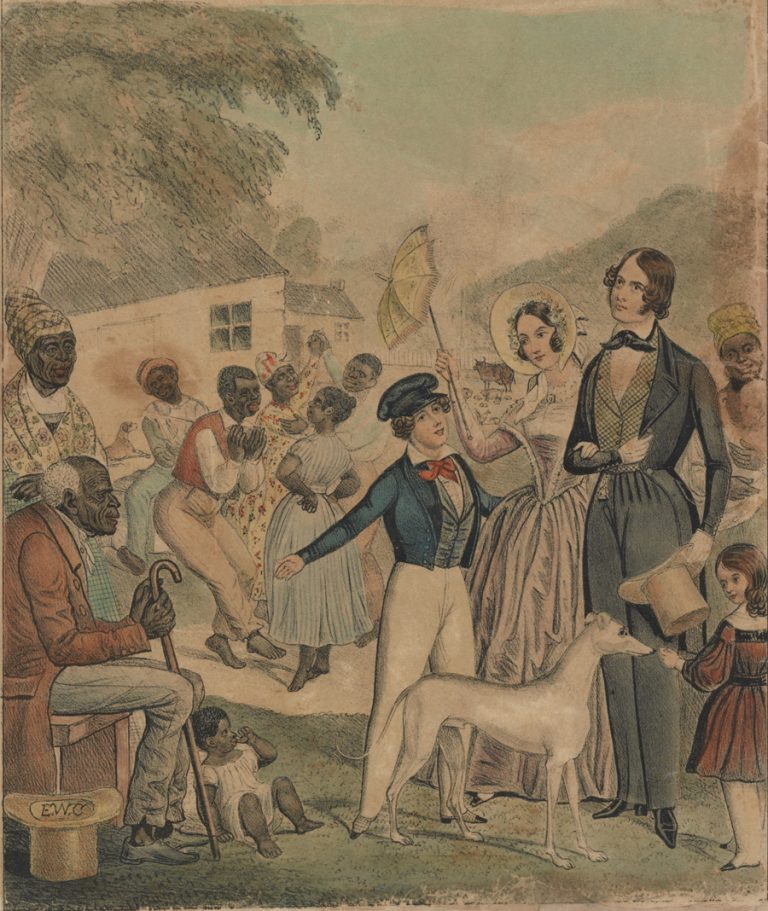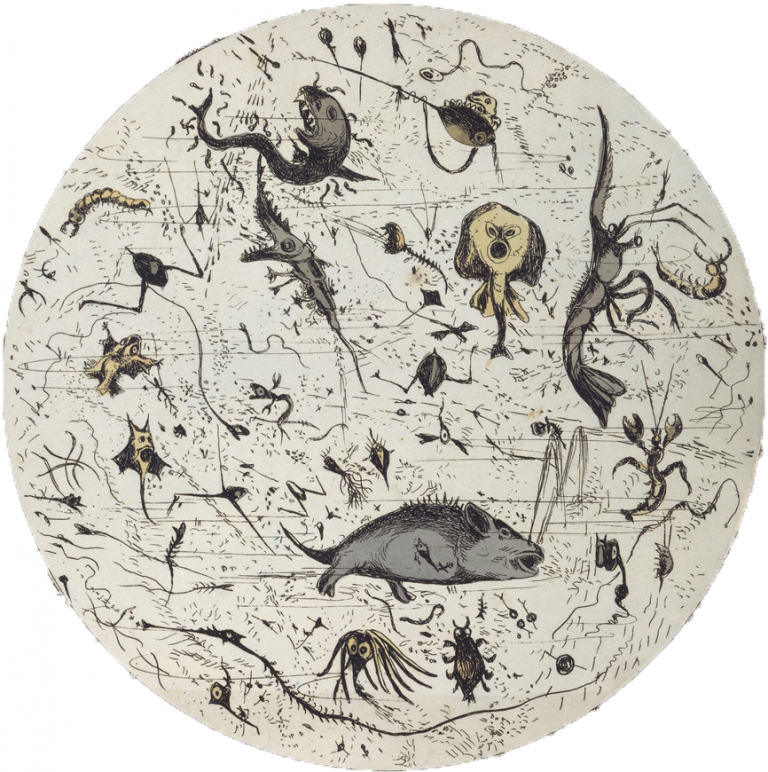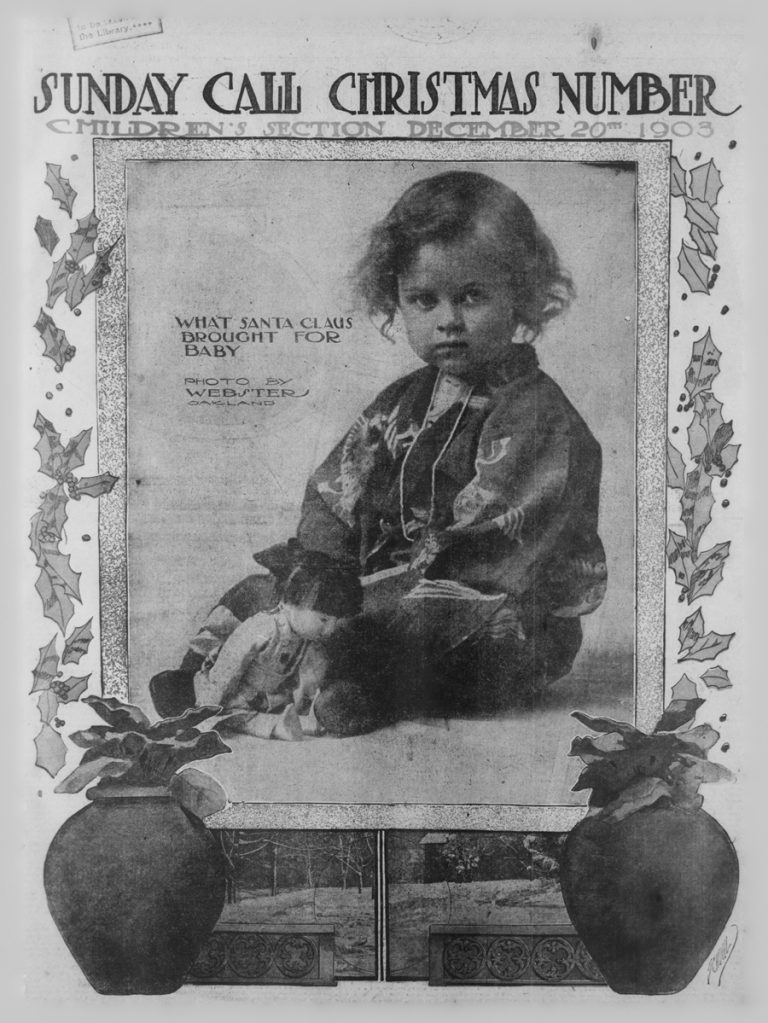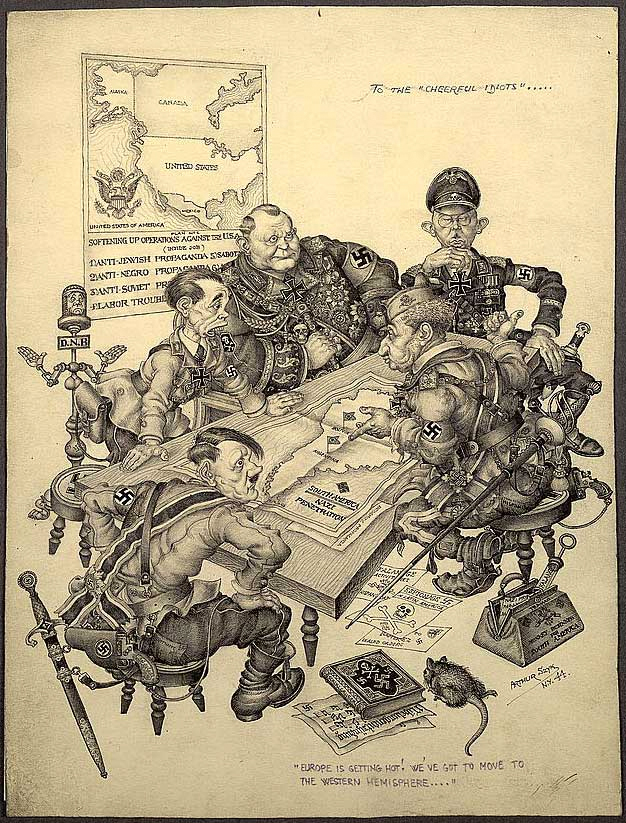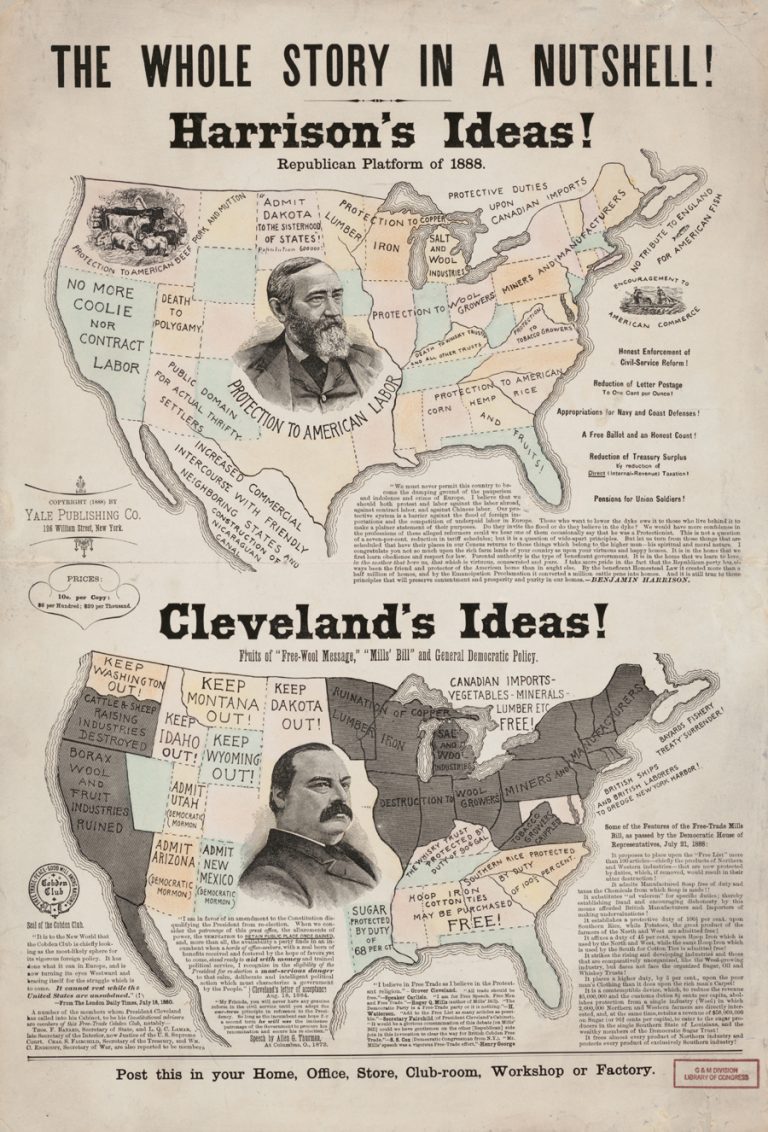Guided Primary Source Analysis: Washington Chapter 1917
Use the Library of Congress primary source analysis tool to analyze this image. What did you discover? What is the Washington Chapter and what are they doing? What more can you learn from the bibliographic record? Review some related historical newspaper articles to find out more. What did you learn? In what ways did your…

